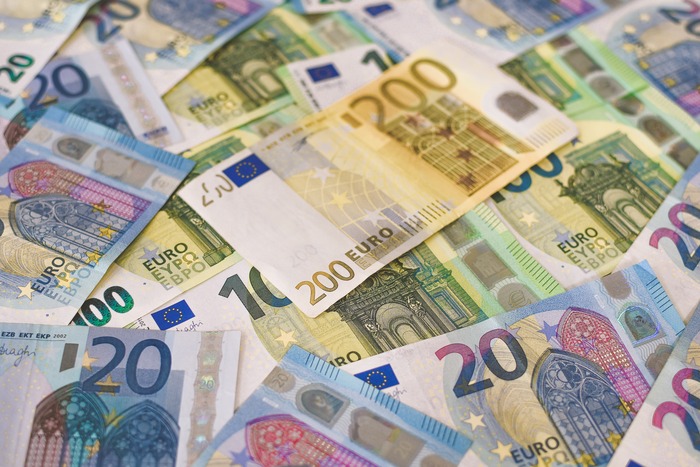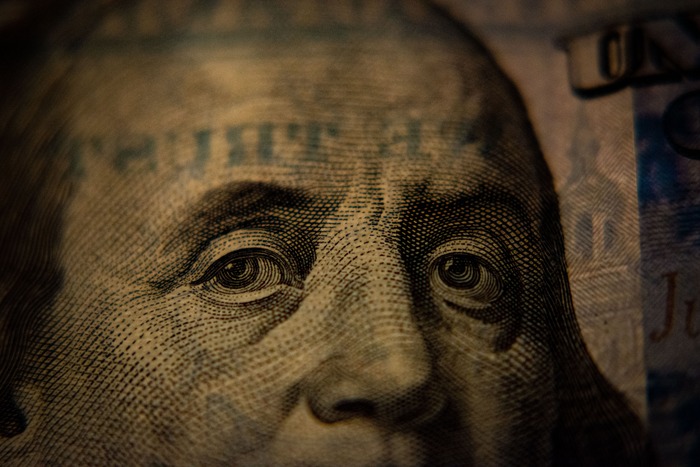The foreign exchange market is a complex and dynamic arena where currencies constantly fluctuate in value against one another. In recent times, the Euro has been on an upward trajectory against the US Dollar, attracting the attention of investors, economists, and businesses around the world. Understanding the reasons behind this strengthening of the Euro against the Dollar is crucial for comprehending the global economic landscape. In this article, we will explore the key factors driving the rise of the Euro against the Dollar, the impact of trade and investment flows, and the influence of geopolitical and economic events. By delving into these aspects, we can gain valuable insights into the forces shaping currency markets and the implications for various stakeholders.
Factors Driving the Euro’s Rise Against the Dollar
The Euro’s recent surge against the US Dollar can be attributed to several key factors that have contributed to its strengthening position in the foreign exchange market. These factors include:

Stronger Eurozone economic performance
The Eurozone has experienced robust economic growth, supported by increased consumer spending, improved business confidence, and a rebound in export activity. This positive economic momentum has bolstered the value of the Euro against the Dollar.
Diverging monetary policies between the European Central Bank (ECB) and the Federal Reserve
The ECB has pursued a more cautious approach to monetary policy normalization, maintaining accommodative measures and keeping interest rates low. In contrast, the Federal Reserve has begun tightening its monetary policy, raising interest rates, and reducing stimulus measures. This divergence in monetary policies has favored the Euro, attracting investors seeking higher returns.
Global market sentiment and risk appetite
The Euro has benefited from improved global market sentiment and risk appetite, as investors have become more optimistic about the economic prospects of the Eurozone. Positive investor sentiment and a preference for higher-yielding assets have contributed to the Euro’s appreciation against the Dollar.
Trade and Investment Flows Impacting the Euro-Dollar Exchange Rate

Trade and investment flows play a significant role in shaping the Euro-Dollar exchange rate. The following factors influence these flows:
- Trade imbalances and export competitiveness: Trade imbalances, such as a strong export performance by Eurozone countries, can lead to increased demand for the Euro. A favorable trade balance and enhanced export competitiveness contribute to the Euro’s rise against the Dollar.
- Foreign direct investment and capital flows: Foreign direct investment (FDI) and capital flows can impact the value of a currency. The Eurozone’s attractiveness as a destination for FDI and capital inflows can boost the demand for Euros, strengthening the currency against the Dollar.
- Currency speculation and investor sentiment: Speculative trading activities and investor sentiment can influence currency exchange rates. Favorable investor sentiment towards the Euro, driven by positive economic indicators and market expectations, can lead to increased demand and a rise in its value relative to the Dollar.
Geopolitical and Economic Events Influencing the Euro-Dollar Exchange Rate
Geopolitical and economic events have a significant impact on the Euro-Dollar exchange rate. The following factors are particularly influential:
Political developments in the Eurozone and the United States
Political events, such as elections, policy changes, and geopolitical tensions, can create volatility in currency markets. Political stability and policy certainty in the Eurozone contribute to a favorable analyst opinion eur usd forecast.
Economic Indicators and Market expectations
Key economic indicators, including GDP growth, inflation rates, and employment data, can affect currency valuations. Positive economic indicators in the Eurozone, coupled with market expectations of future economic performance, can strengthen the Euro relative to the Dollar.
Impact of global events and international trade dynamics
Global events, such as trade disputes, geopolitical conflicts, and shifts in global economic trends, can influence the Euro-Dollar exchange rate. Changes in international trade dynamics and their impact on global growth prospects can affect investor sentiment and currency flows.
Understanding these factors and their interplay is essential for comprehending the dynamics of the Euro-Dollar exchange rate and its implications for various stakeholders in the global economy.
Conclusion
The Euro’s ascent against the US Dollar has been influenced by a combination of factors that have propelled its strength in the foreign exchange market. Strong economic performance in the Eurozone, diverging monetary policies between the European Central Bank (ECB) and the Federal Reserve, and global market sentiment have all contributed to the Euro’s rise. Trade and investment flows, along with geopolitical and economic events, have further shaped the Euro-Dollar exchange rate. As we conclude our exploration of the Euro’s upward trend, it becomes evident that a multitude of interconnected factors plays a role in currency movements. While the exact future trajectory of the Euro against the Dollar remains uncertain, staying informed about these dynamics is essential for businesses, investors, and individuals navigating the global financial landscape.
